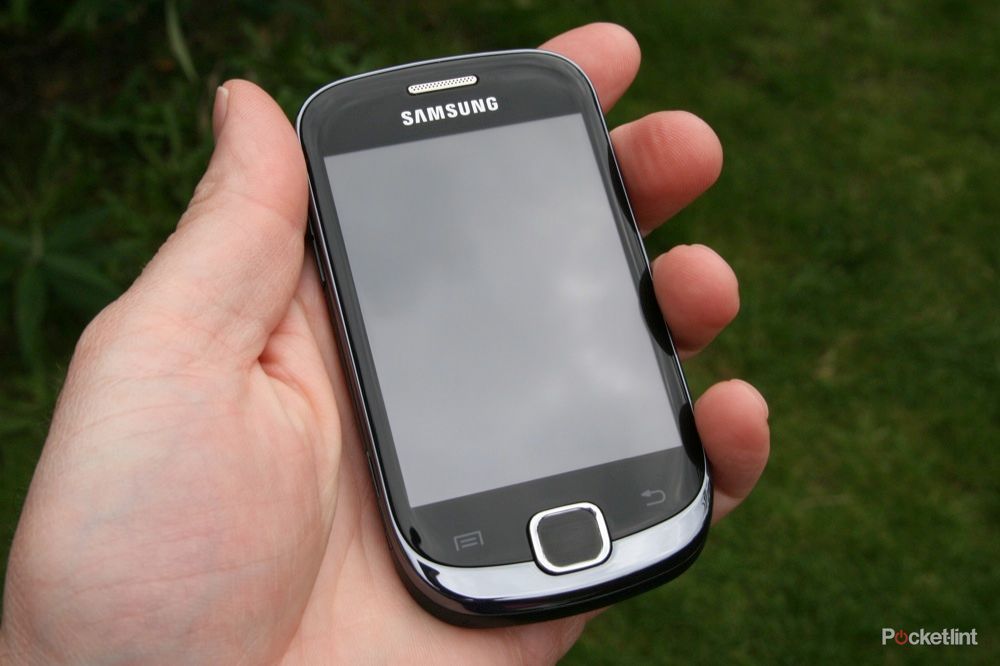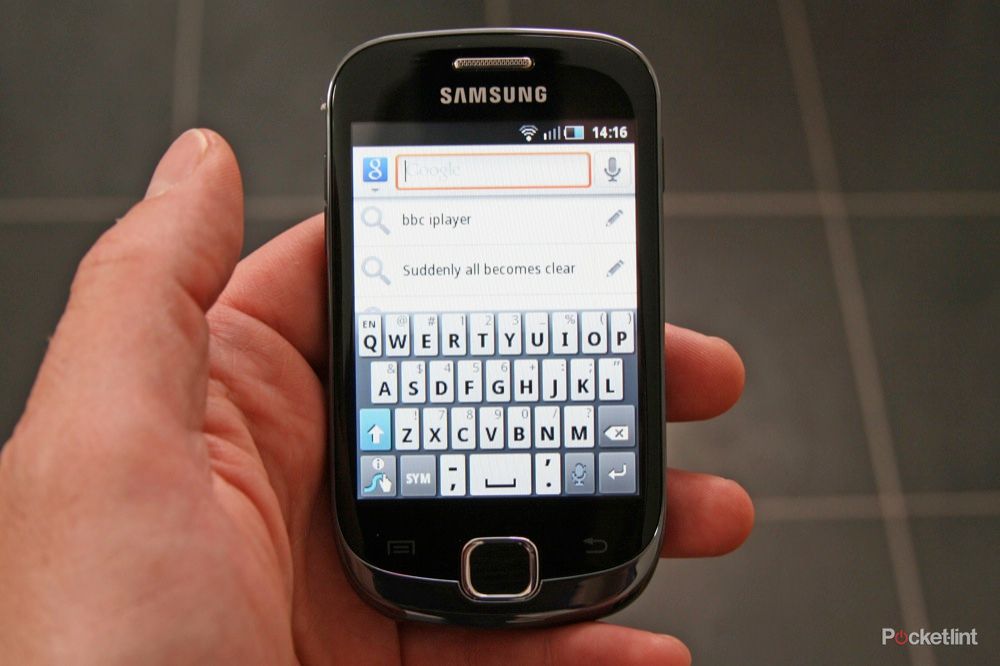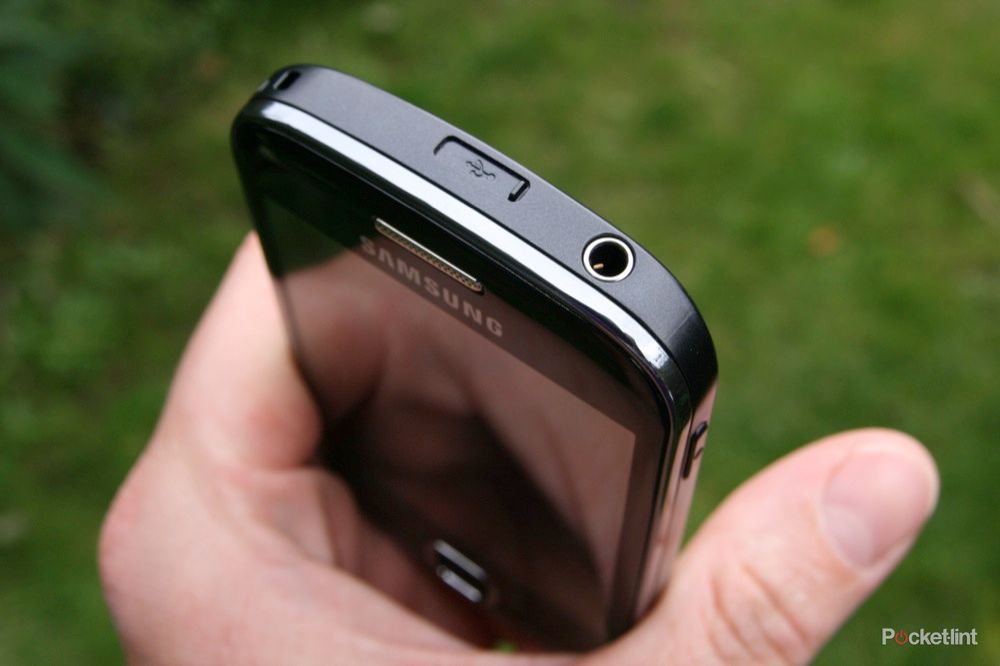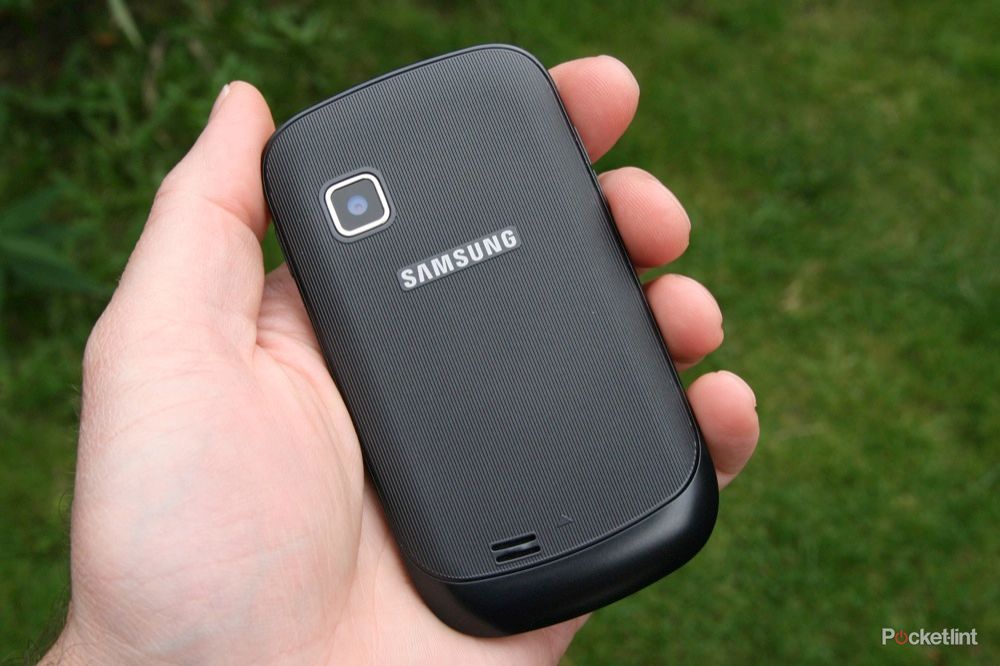Fit. It’s a word that means many things in English, from ascertaining one’s sporting readiness, to asserting attractiveness. Neither of these things particularly apply to the Samsung Galaxy Fit, leaving us wondering exactly where the enrty-level smartphone fits in.
Our quick take
What’s impressive about the Samsung Galaxy Fit is that you get a full range of smartphone functionality in an affordable package. It is cheap, but you might find you prefer something like the INQ Cloud Touch or the Orange San Francisco, which both have distinct strengths over the Galaxy Fit and are also very affordable.
Although basic functionality works well, the Samsung Galaxy Fit is let down by the screen, both in terms of the resolution and the reflective finish, so it’s well worth looking around before parting with your cash.
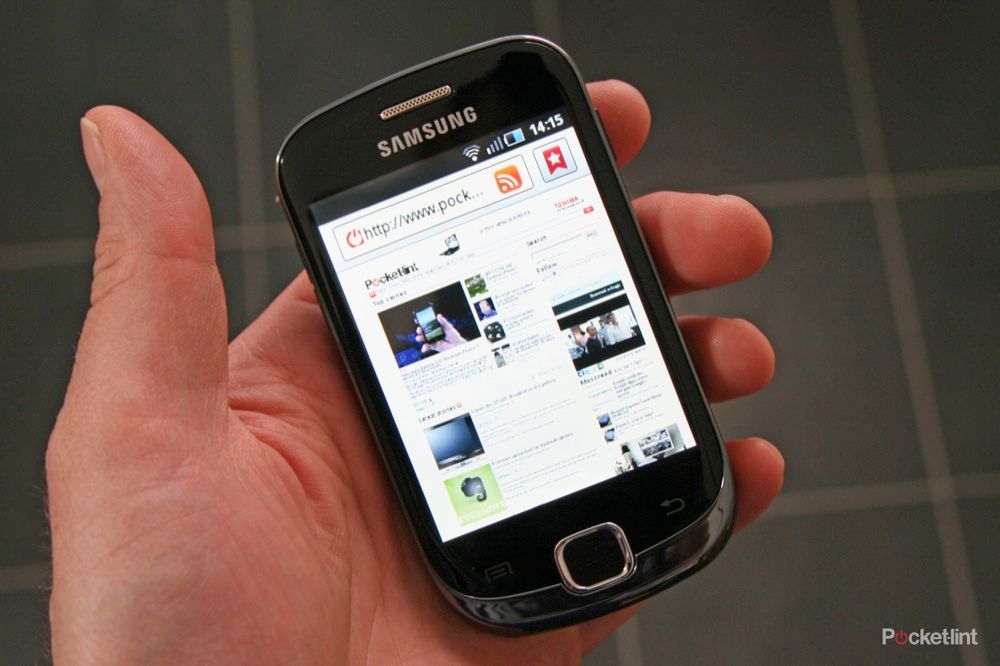
Samsung Galaxy Fit - 3.5 / 5
| FOR | AGAINST |
|---|---|
|
|
With the feature phone market basically flushed, Samsung has filled a number of positions with Android smartphones in the Galaxy range - the Gio, Fit, Ace and Mini all fall into a sort of non-distinct category, with similar specs across the board.
It’s certainly compact, so it will fit into your pocket, measuring 110.2 x 61.2 x 12.6mm and weighing 108g. It’s constructed from plastics, and nicely curved, but has a finish befitting it’s entry-level status. The back plate’s ridged finish feels a little cheap but it seems solid enough in the hand.
The display offers you 3.31 inches of screen space, but with a resolution of 240 x 320, it’s amongst the lowest resolutions you’ll find on an Android phone - for example, the screen is a lower resolution than the QWERTY HTC ChaCha, and that’s half an inch smaller. As a result, the pixel density is only 120ppi from the 4:3 aspect display.
The controls follow the Samsung norms, offering you a central home button and touch controls for menu and back. A long press on the home button brings up the recently used apps, along with a link to the task manager; a long press on the menu button brings up search. A 3.5mm headphone jack and Micro-USB (with tatty sliding door) find themselves on the top, with volume and power/standby occupying adjacent positions on the left- and right-hand sides.
Beauty is more than skin deep
Power the phone on and you are greeted by Android 2.2.1 (at the time of writing) sitting under Samsung’s TouchWiz UI. Samsung’s touch on Android is fairly light, but in the case of this level of device, there is little that Samsung add to the native Android experience. By the same measure there isn’t essentially anything wrong with the interface. It is reasonably smooth to navigate and leaves you with plenty of options for customisation.
You can add and remove homepages and rearrange them, as well as adding your choice of widgets and shortcuts or changing the wallpaper to make the phone your own. All your basic Android features swing into place, with contacts, Gmail, calendars and Google Maps all behaving as they should.
Outside of these core offerings, Samsung have included QuickOffice for viewing your documents on the go, but given the low resolution of the display, you can never really see that much of a doc without lots of zooming. That’s a theme that essentially rules the phone experience.
The keyboard is Samsung’s standard offering, which is a little basic, but they do bundle Swype pre-installed. This makes it much easier to enter text once you’ve familiarised yourself with the system, which shouldn’t take long. The touch response is actually pretty good and we can’t really say that we’ve had a problem with text entry, even if navigation is noticeably slower than higher-spec devices.
Media
The browser is capable enough, serving up your favourite websites, but you’ll need to do a lot of zooming to be able to read anything. We also found that text reflowing wasn’t especially useful on the Galaxy Fit, so more often than not you’ll find that you’ll be zooming and swiping to get though all but the most basic websites. Despite running Android 2.2, the Galaxy Fit also won’t run Adobe Flash Player, so you don’t get to view those websites or services that are Flash-based, such as BBC iPlayer.
Media support is on the light side given the constrained specs of the Samsung Galaxy Fit, so you’ll be able to play low resolution standard definition video, but the run of supported file formats isn’t great. That’s not too much of an issue on this level of device, which is limited by the screen experience anyway.
On the music front you’ll find the music player is pretty much standard and there is an FM radio too. To use the radio you’ll need to connect your headphones. The audio quality isn’t particularly good and we found that even with good quality headphones, the sound quality overall wasn’t as impressive or engrossing as other devices. A small external speaker does an adequate job, with best results coming when the phone is placed down on a table or flat surface.
Fit for what?
Internally you’ll find a Qualcomm MSM7227 chipset, clocked at 600MHz, which is the same as you’ll find in a number of other entry- and mid-range devices. Memory is on the low side and you only get 160MB of internal memory to play with, although there is a microSD card slot which will allow you to expand up to 32GB. A 2GB card is bundled in the box.
The user experience is reasonable, but constantly hampered by the low resolution of the screen which we keep coming back to. It doesn’t perform especially well outdoors either, suffering from reflections and lacking the brightness to really shine out in sunlight.
Around the back of the Samsung Galaxy Fit you’ll find a 5-megapixel camera. It is autofocus, although a little slow to determine focus and snap off the shot. There is little in the way of fun about it, a couple of shooting options, but nothing to pick up the current trend of retro shooting or digital styling you’ll find in some other phones.
The camera results aren’t actually too bad, adequate for casual snapping of shots for sharing, but suffering the usual problems with high contrast or bright scenes. You can’t really judge the quality on the device either, again, because of the screen.
Video capture is a reserved 320 x 240 resolution, which is only really good for playback on the device or for sharing with others to view on their device, as it now falls well below the accepted norm for online video, and below the level of some similarly affordable phones. The video capture is fixed focus, so close-ups won’t be in focus. It does have a nice pause function, so you can easily string together scenes with minimal hassle.
Call quality we found to be acceptable and had no problems making or receiving calls on the Samsung Galaxy Fit. The battery life, however, was a little less than we expected. The phone struggles to make it through the day with regular use, so if you’re going to be away from a charger for any length of time, make sure you take power saving measures like turning down the screen brightness and limiting your use of the GPS or Wi-Fi.
To recap
Although basic functionality works well, the Samsung Galaxy Fit is let down by the screen, both in terms of the resolution and the reflective finish, so it’s well worth looking around before parting with your cash

